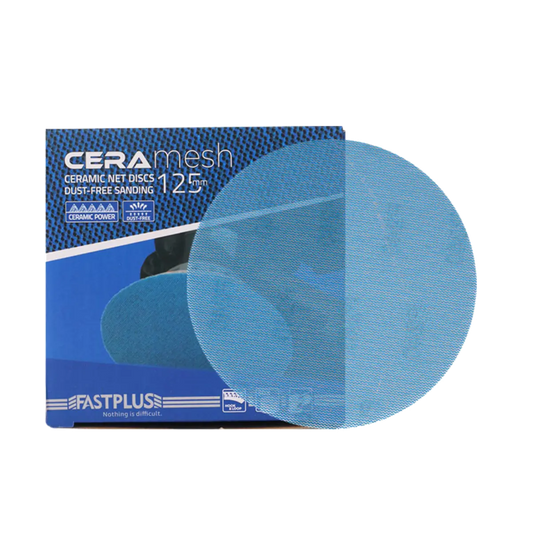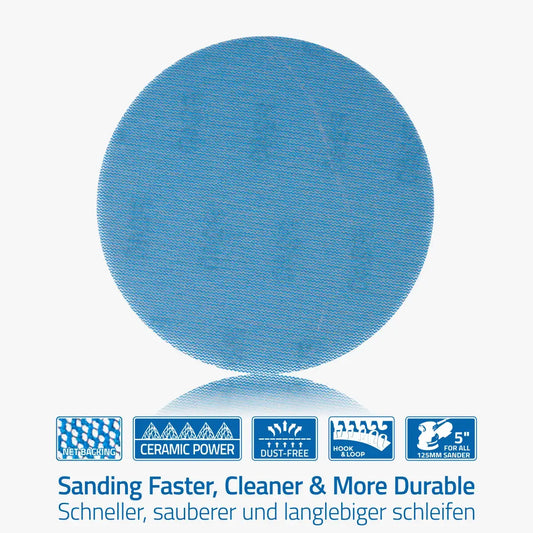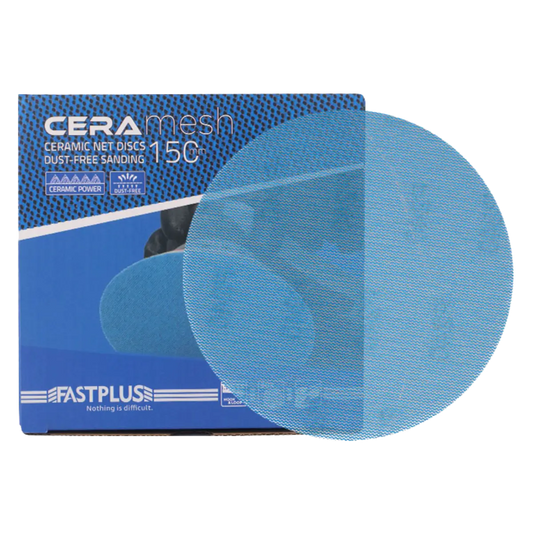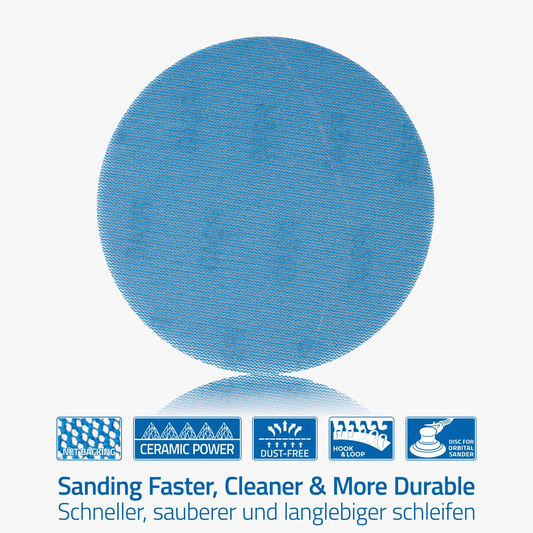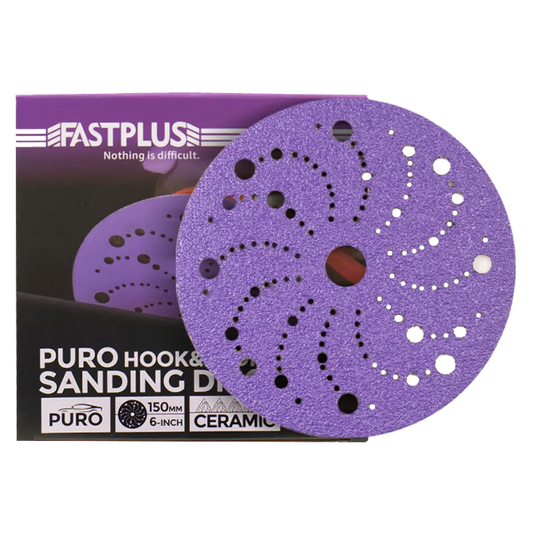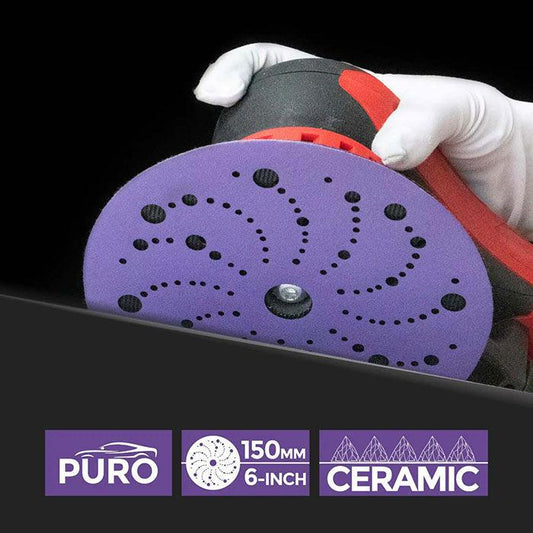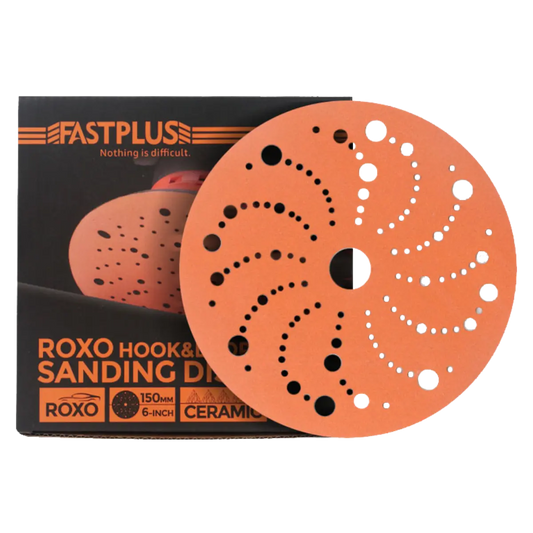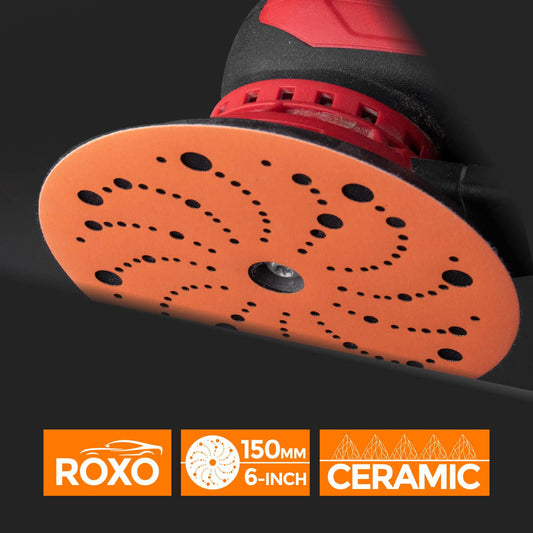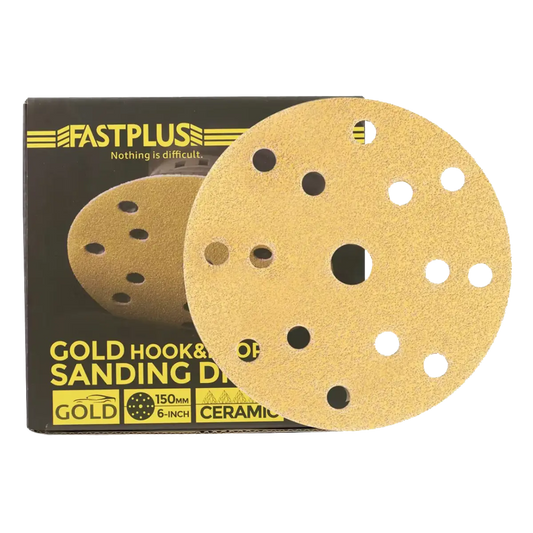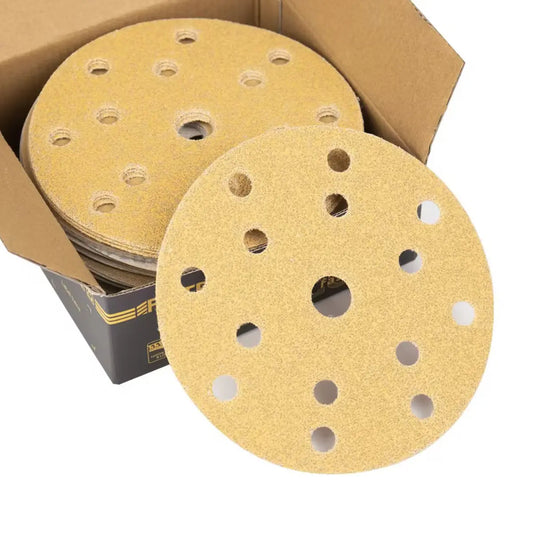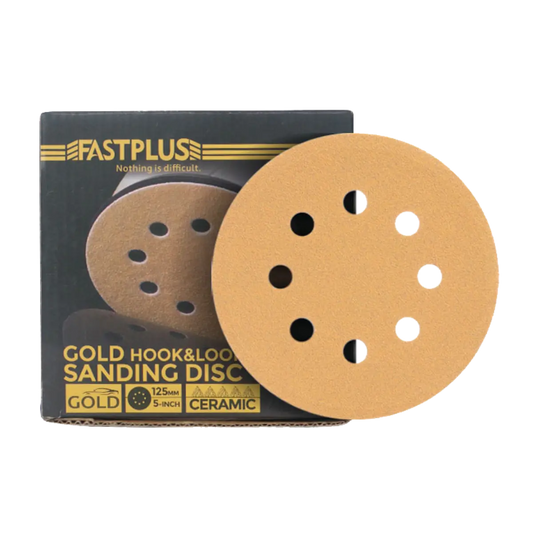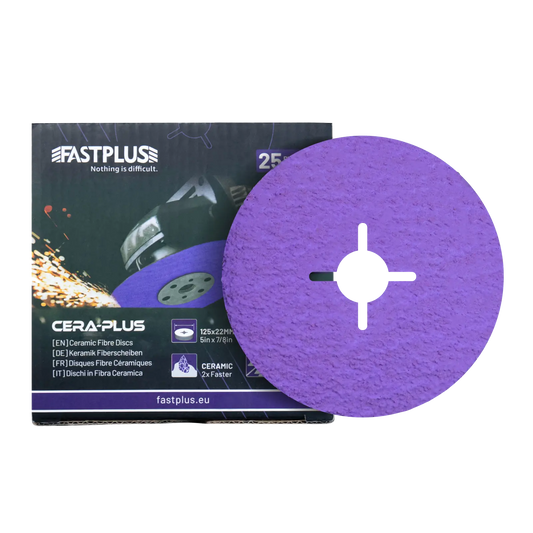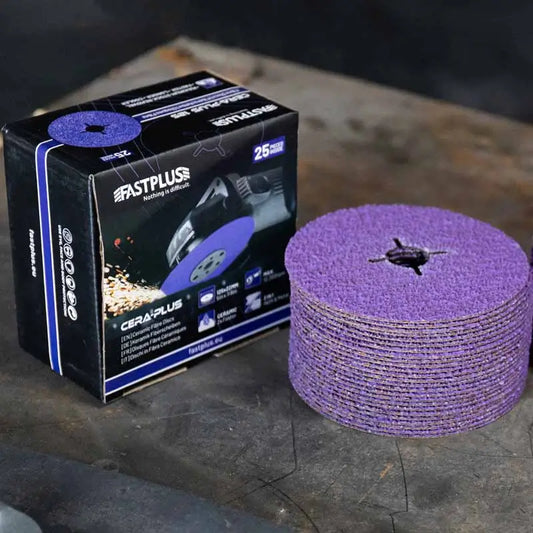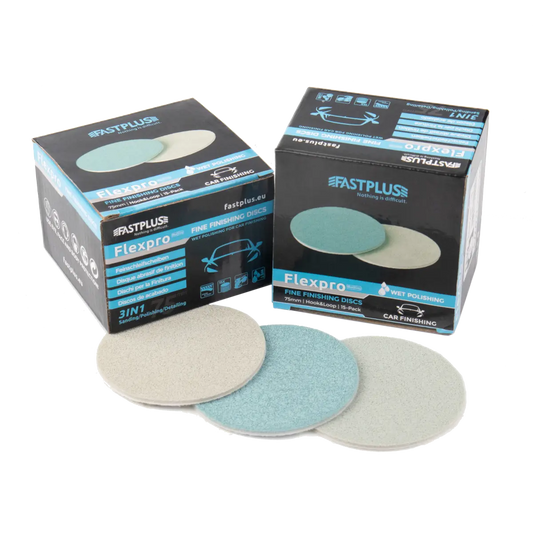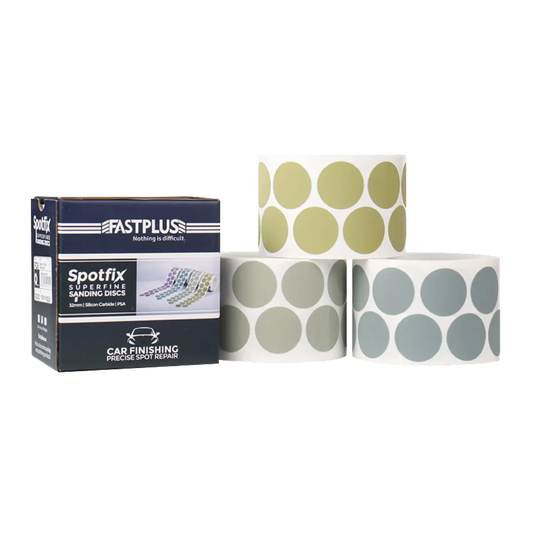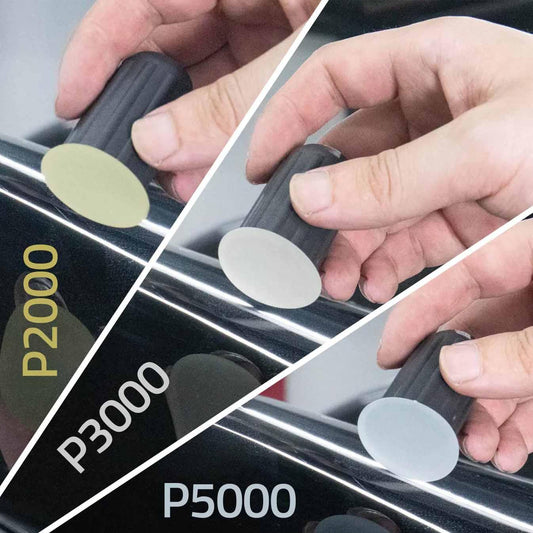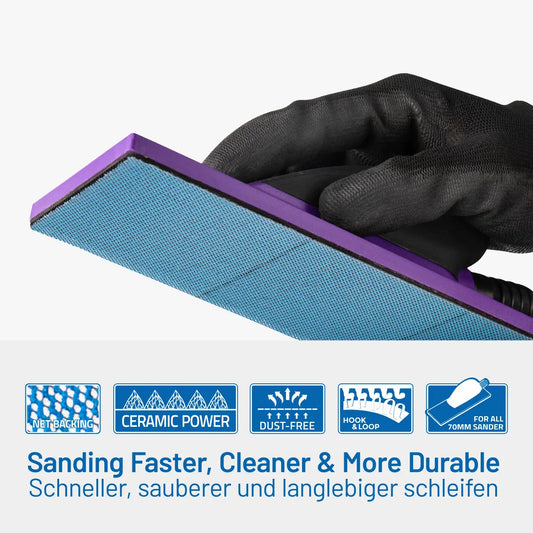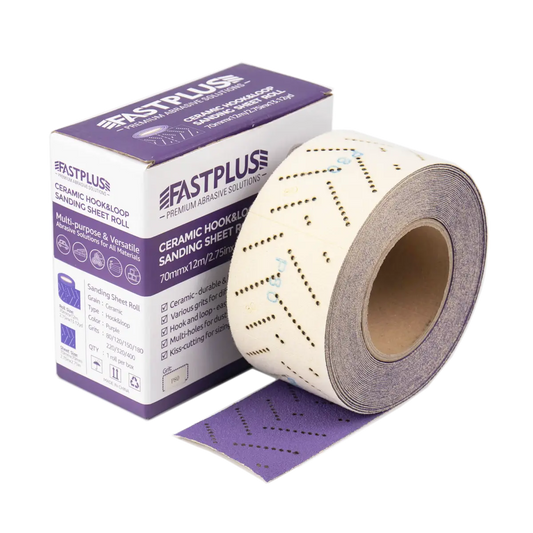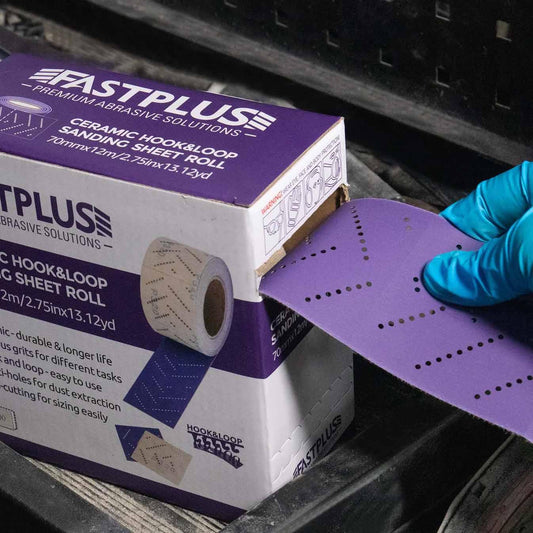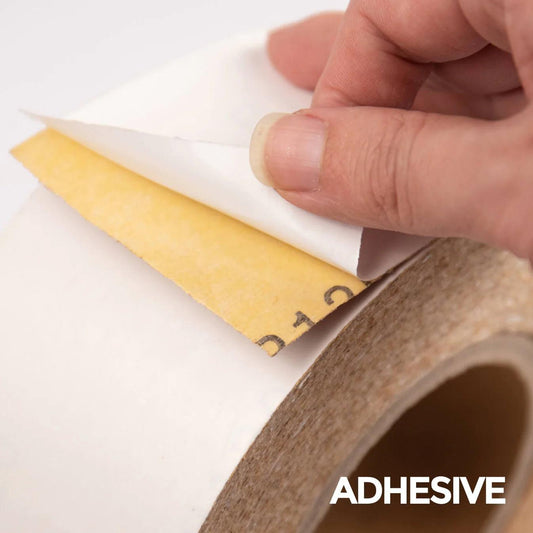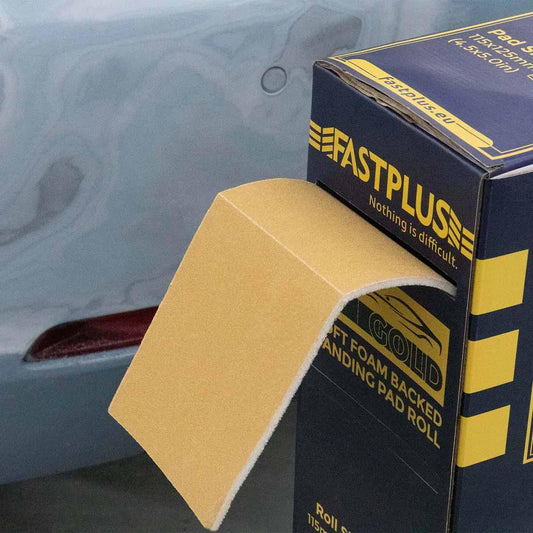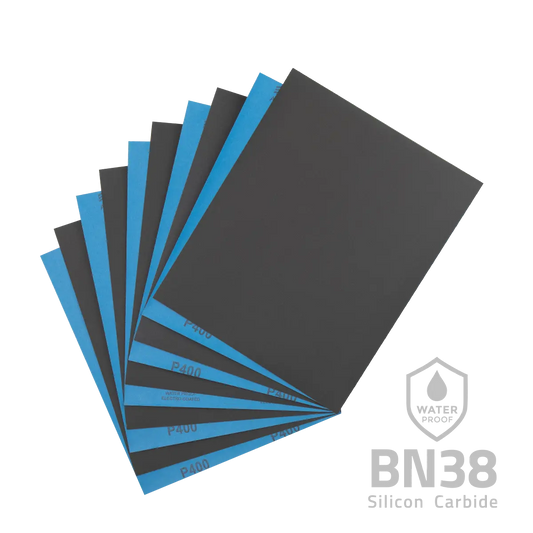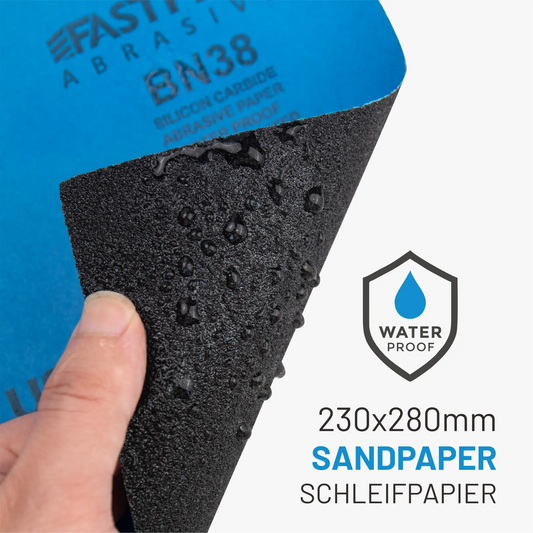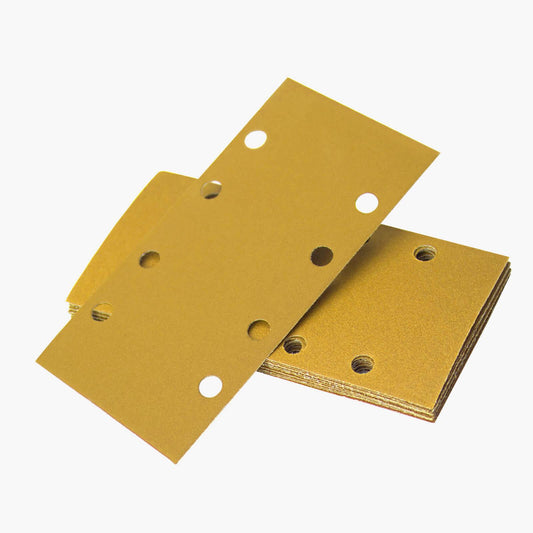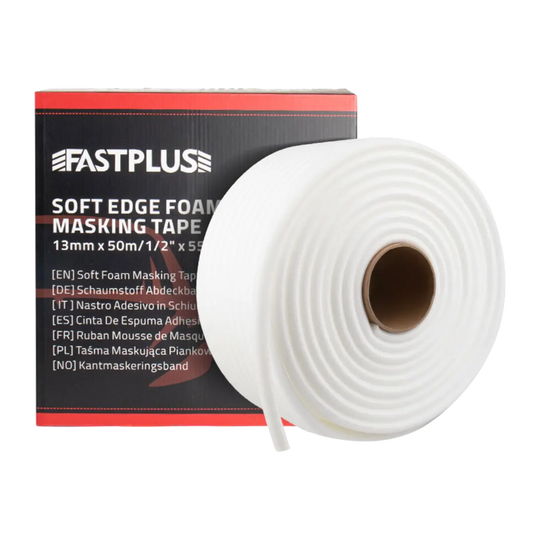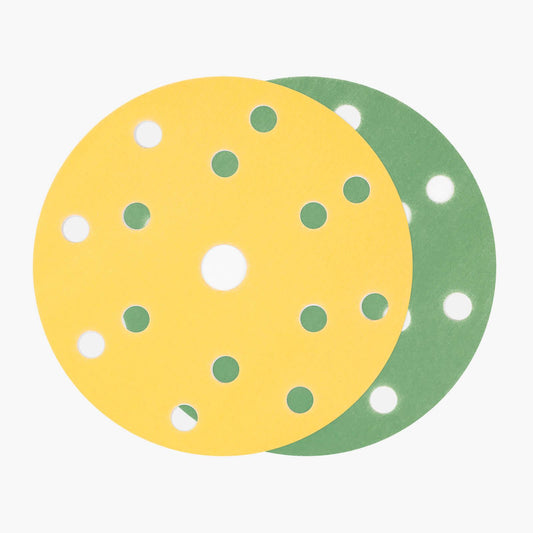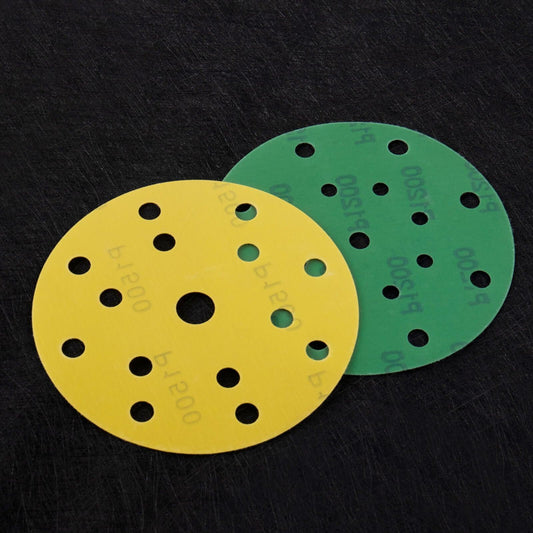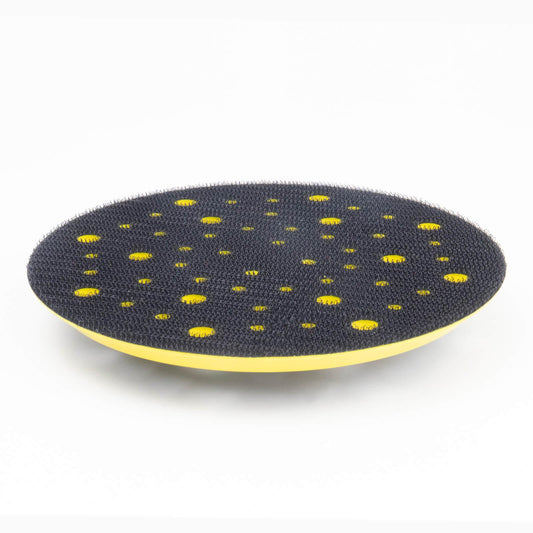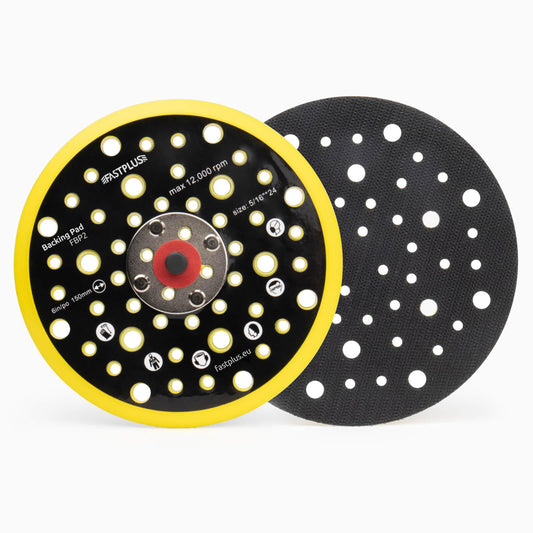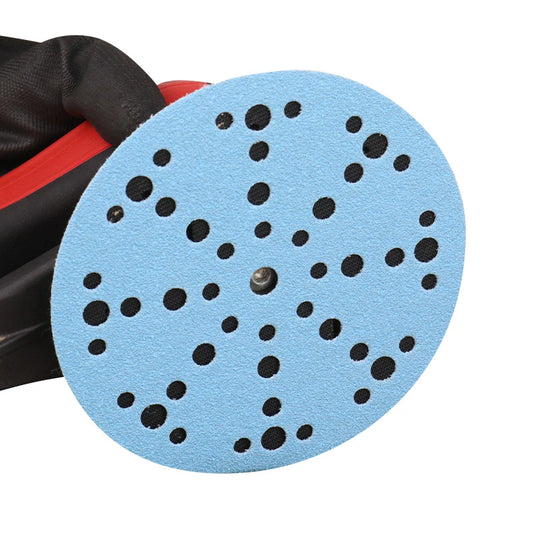
How to Quickly Sand Large Surfaces?
Sanding large surface areas can be one of the most time-consuming steps in woodworking, metal finishing, remodeling, or automotive work. Whether you're refinishing a wooden floor, smoothing out drywall, preparing metal panels for painting, or cleaning up a large outdoor project, the challenge is always the same: how do you sand faster without sacrificing surface quality?
In this guide, we break down the most efficient techniques, tools, grits, and workflow to help you sand big jobs quickly and professionally — while also avoiding common mistakes that slow people down.
1. Start with the Right Tool: Machine Sanding Is a Must for Speed
Hand sanding has its place, but when the goal is to cover large surface areas quickly, power tools make all the difference. The tool you choose can reduce sanding time by more than half.
● Random Orbital Sander
Perfect for wood, paint removal, and general surface smoothing.
Benefits: fast material removal, swirl-free finish.
● Belt Sander
Ideal for floors, large boards, panels, and leveling uneven surfaces.
Benefits: aggressive, powerful, extremely fast stock removal.
● Drywall Sander (Long-reach Sander)
Designed for ceilings and walls. Many models allow the use of 225mm sanding discs, which increase the sanding surface area and make wall preparation significantly faster and more uniform.
● Angle Grinder with Sanding Disc
Works well for metal, welding seams, and heavy paint stripping.
Benefits: powerful, great for curved or uneven surfaces.
Choosing the right machine gives you instant speed, better control, and a more consistent finish.
2. Pick the Correct Grit Sequence (This Is Where Most People Waste Time)
Sanding fast is not about jumping straight to a fine grit.
It’s about using the correct grit progression so that each step removes the scratches from the previous step efficiently.
Here’s a universal grit sequence for fast sanding:
For Wood (floors, panels, furniture)
- Step 1: 40–60 grit (heavy removal)
- Step 2: 80 grit (smoothing)
- Step 3: 120 grit (pre-finish)
- Step 4: 150–180 grit (finish sanding)

For Drywall/Plaster Walls
- Step 1: 120 grit (leveling joints)
- Step 2: 150–180 grit (smoothing)
- Step 3: 220 grit (final finish before painting)
Using a 225mm sanding disc on a long-reach sander for drywall helps cover large areas in fewer passes.
For Metal (paint removal, cleaning, prepping)
- Step 1: 36–60 grit (scale, rust, paint)
- Step 2: 80–120 grit (blending)
- Step 3: 180–240 grit (pre-paint finish)
Using the right sequence means each grit does its job quickly, giving you both speed and a clean finish.
3. Use High-Quality Abrasives Designed for Fast Stock Removal
For large surfaces, abrasive quality directly affects working speed. Low-quality sandpaper wears quickly, overheats, and requires frequent replacement — all of which slow you down.
Here are the materials that sand fastest on different surfaces:
● Ceramic Sanding Discs / Belts
- Best for wood, metal, paint, and composites
- Extremely sharp self-sharpening grains
- Longest lifespan
- Best choice for heavy stock removal on large surfaces
● Aluminium Oxide Sandpaper
- Good general-purpose sanding for wood and walls
- Affordable and versatile
● Zirconia Sanding Belts / Discs
- Excellent for metal and hardwood
- Durable and efficient under pressure

● Large Sanding Discs
- Available in sizes like 225mm, ideal for drywall or large wood panels
- Covers more area per pass, improving sanding speed
- Compatible with standard orbital or rotary sanders
High-performance abrasives cut faster, last longer, and clog less, making them ideal for large projects.
4. Always Sand With a Plan: Use a Grid or Sectioning Method
Working randomly across a big surface leads to uneven sanding and wasted time. Professionals use a systematic approach called sectioning.
How to section a large surface for fast sanding
- Divide the surface into manageable zones (e.g., 1 m × 1 m sections).
- Sand each section fully before moving on.
- Slightly overlap edges to avoid ridges.
- Keep track of completed areas using pencil marks or sweeping patterns.
This method ensures complete coverage, reduces rework, and keeps the sanding progress organized — especially useful when using 225mm sanding discs on large panels or walls.
5. Maintain Proper Pressure and Speed: Let the Abrasive Do the Work
One of the biggest time-killers is applying too much pressure.
Ideal pressure
- Light to medium pressure
- Just enough to keep full pad contact with the surface
What happens if you press too hard
- The abrasive clogs
- The machine bogs down
- Swirl marks appear
- Belts or discs wear out quickly
Consistent, smooth passes always sand faster than aggressive pressure.
6. Keep Your Sandpaper Clean for Continuous Fast Cutting
Dust buildup on sandpaper can reduce sanding speed by up to 70%. That’s why professionals clean abrasives regularly.
Ways to keep abrasive surfaces clean
- Use a rubber cleaning stick (best for belts and discs).
- Connect your sander to a dust extractor.
- Vacuum the surface between grit changes.
Cleaner abrasives = faster sanding and a smoother final finish.

7. Work With the Grain, Not Against It (Wood Only)
When sanding wood, always finish your passes with the grain, especially with medium and fine grits. Sanding against the grain creates cross-scratches that take extra time to remove.
8. Use Dust Extraction to Increase Speed and Extend Abrasive Life
Dust extraction is not just for cleanliness — it significantly increases sanding efficiency.
Benefits of using a vacuum or dust-extracting sander
- Abrasives stay cooler
- Less clogging
- Smoother finish
- Fewer sanding passes
- Reduced cleanup time
9. Know When to Replace Worn-Out Sandpaper
Using worn abrasive slows you down. Signs that it’s time to replace sandpaper or discs:
- Glazing or shine on the abrasive
- Noticeable drop in cutting speed
- Heat marks on the surface
- Uneven cutting or streak marks
Changing sandpaper at the right time saves hours of sanding time.
10. Match the Sanding Backing Pad to Your Task
 The hardness of your sander’s backing pad affects how quickly you can remove material.
The hardness of your sander’s backing pad affects how quickly you can remove material.
- Hard pads: More aggressive, best for coarse grits and large flat surfaces
- Medium pads: Versatile for general sanding
- Soft pads: Best for finishing, curves, and reducing swirl marks
Using a hard pad for rough sanding and a soft pad for finishing improves both speed and surface quality.
11. Optimize Your Workflow: One Pass, One Purpose
Fast sanding = efficient workflow. Avoid jumping between grits or tools mid-section. Complete all coarse sanding first, clean the surface, then move systematically through finer grits. This reduces rework and ensures consistent results.
12. Choose Abrasives Designed for Large-Surface Productivity
From belts to discs, the type and size of the abrasive affects speed.
Best abrasive formats for large surfaces
- Sanding belts for aggressive wood removal
- 150–180mm sanding discs for general machine sanding
- 225mm paper sanding discs for large wall, ceiling, or wood panel areas
- Wide abrasive rolls for block sanding
Using a larger sanding area increases efficiency and reduces the number of passes required.
Conclusion
Sanding large surface areas fast requires more than brute force — it’s about using the right tools, high-quality abrasives, proper grit sequence, and an organized workflow. By combining machine sanding with systematic sectioning, appropriate pressure, and effective dust management, you can significantly reduce work time while achieving smooth, professional results. Whether you’re working on wood, drywall, or metal, these strategies help you maintain efficiency, consistency, and a high-quality finish on every project.


